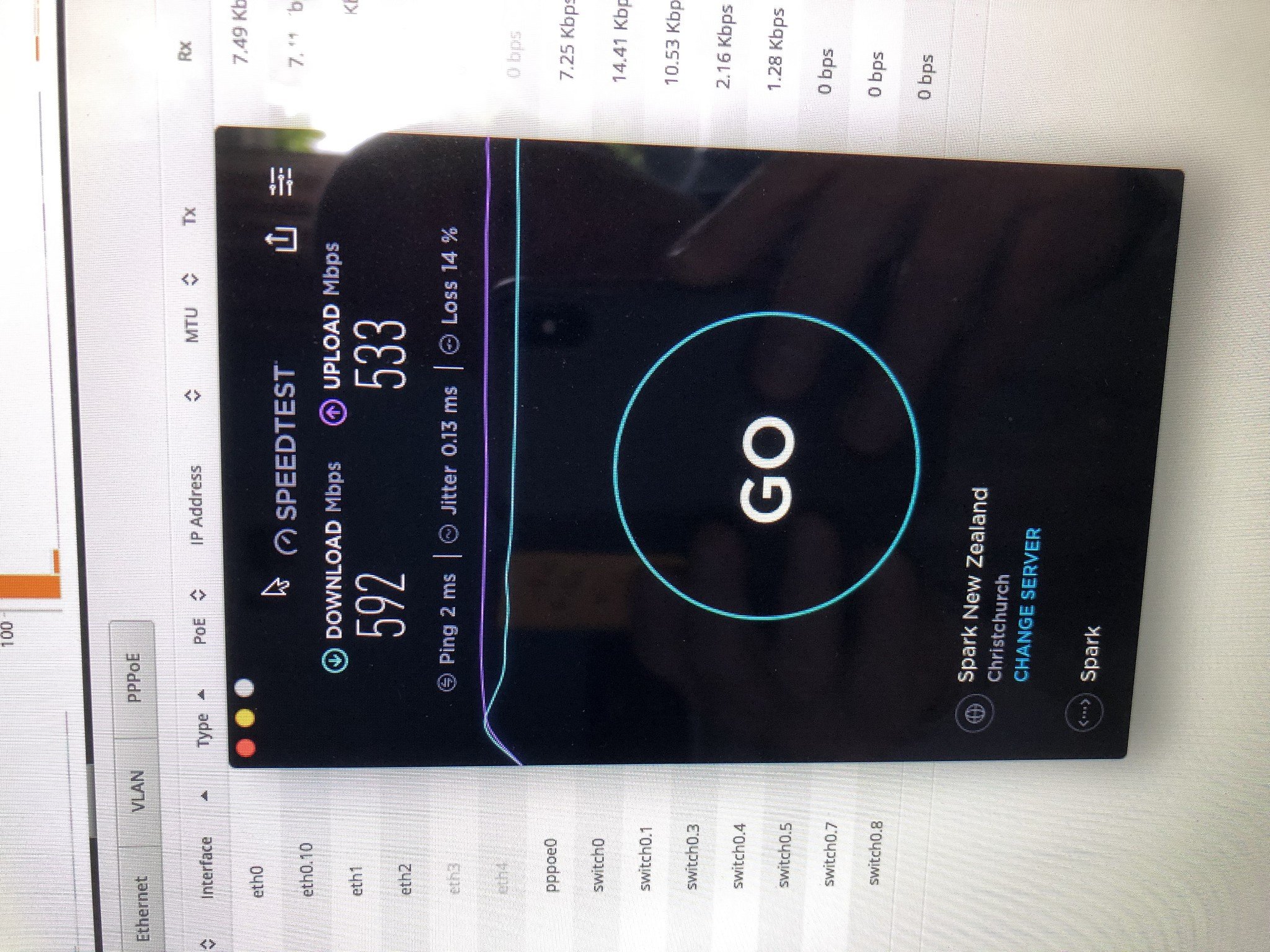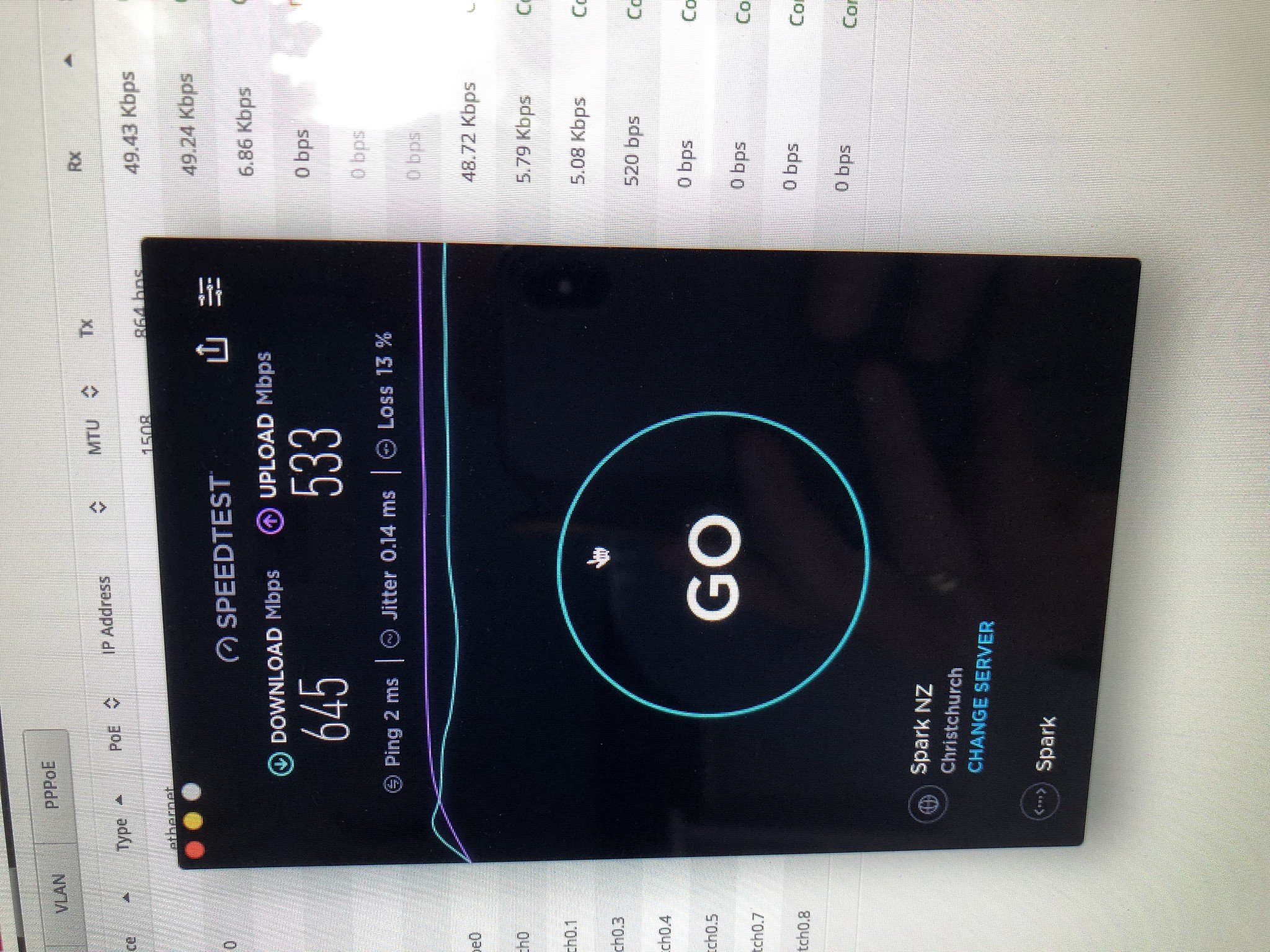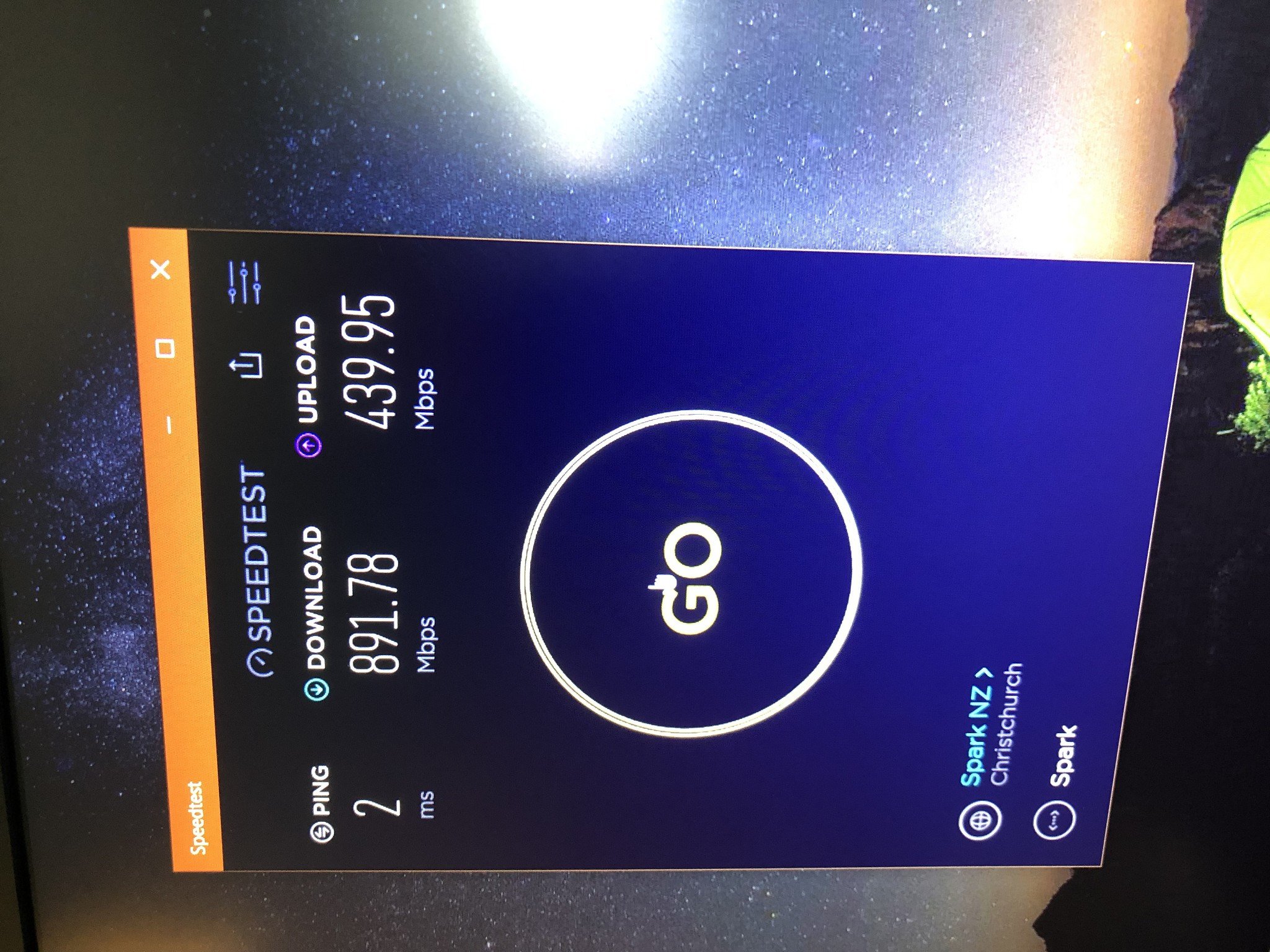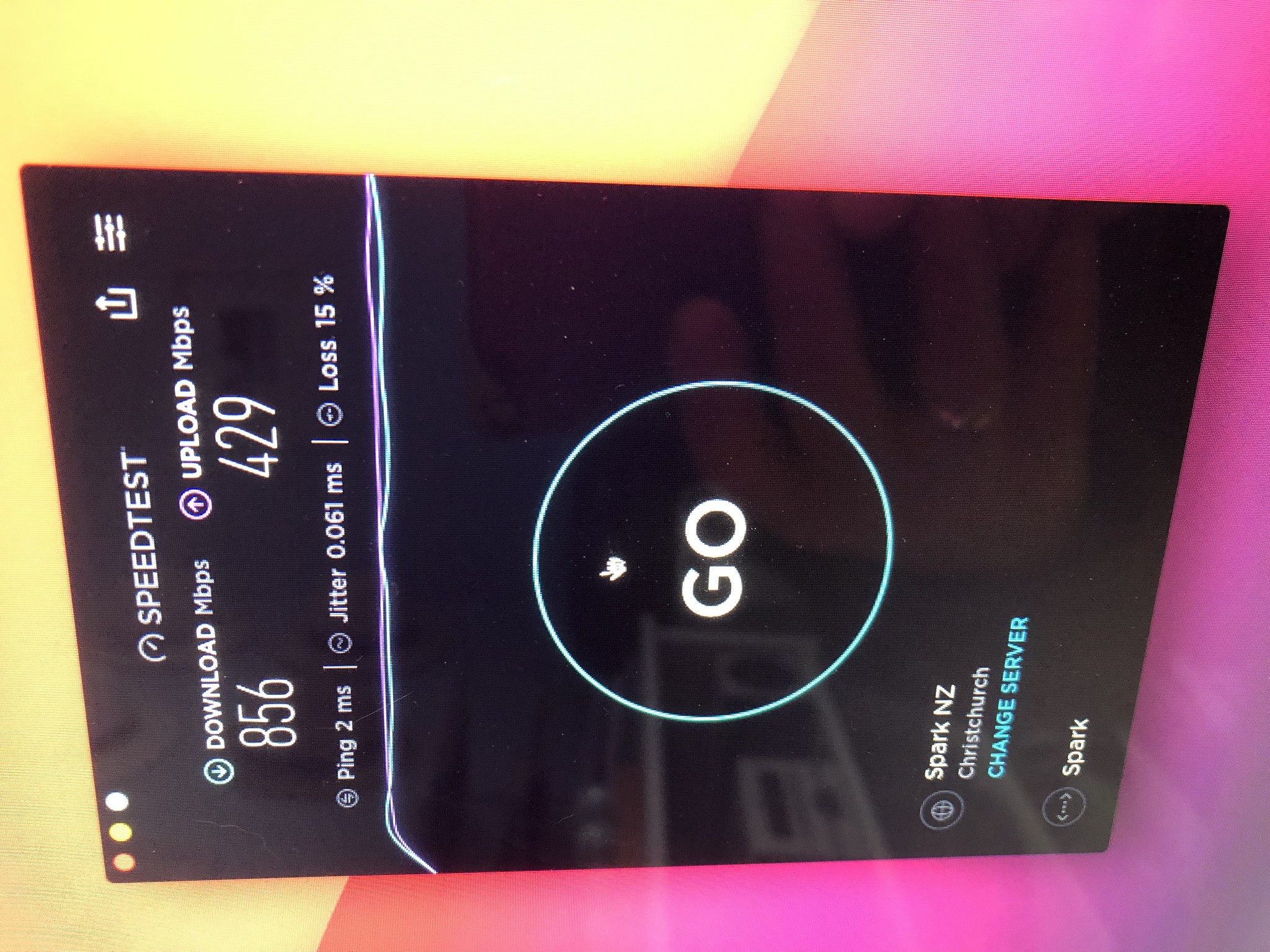The 1508 MTU only goes on the WAN Ethernet interface. What is going on here is that the PPPoE protocol has an extra 8 bytes of headers. So when you send a full size ordinary Ethernet packet (MTU 1500) over a PPPoE connection, either the packet has to be spilt into smaller packets (which happens automatically for IPv4 but slows the connection), or the packet will be dropped (which is what happens with IPv6). So either you need to send smaller packets (by setting a smaller MTU of 1492 to allow for the extra 8 bytes), or you need to increase the size of packets on the PPPoE connection by 8 bytes to allow 1500+8 byte packets to be sent. This is a known problem, and the fibre companies allow for it by overprovisioning their fibre connections by 8 bytes. But the default settings on most routers will only be set up for an MTU of 1500 on the PPPoE connection. And old versions of PPPoE software did not support MTUs larger than 1500 either. Fortunately, the versions of PPPoE software around now do support larger MTUs, and good routers also support larger MTUs (at least up to 1508). So you configure your router's WAN Ethernet port to MTU 1508, and then configure the VLAN 10 connection over that port also to MTU 1508, and configure the PPPoE MTU to 1500, which means the actual packet size of the PPPoE packets after conversion to PPPoE protocol will be 1508. Packets arriving over the PPPoE connection will be stripped of the PPPoE headers and converted to standard Ethernet packets with MTU 1500. So the rest of your network (ordinary Ethernet and WiFi connections) will use MTU 1500.
An extra complication comes if you are using IPv6. IPv6 does not allow automatic fragmentation of packets, so if a 1500 byte packet gets sent over a PPPoE connection with the default PPPoE MTU of 1492, it will be dropped. The IPv6 specifications say that if a too long packet is ever dropped, the interface dropping it MUST send an ICMPv6 packet back to the transmitter saying that packet was dropped and giving the reason as "too long". But there is a bug in all PPPoE implementations I have met that the PPPoE software never sends ICMPv6 "too long" packets, in violation of the IPv6 specifications. This breaks IPv6 - the long packets just disappear and there is no mechanism in IPv6 for discovering this or correcting the problem. People usually find this problem by Facebook stopping working - Facebook is IPv6 enabled, and its front page sends full length 1500 byte IPv6 packets, so if you enable IPv6 on a network without a fix for the PPPoE problem, Facebook and all similar IPv6 enabled web sites stop working properly. So if you are using IPv6 over a PPPoE connection with MTU less than 1500, you have set a smaller IPv6 MTU. The way this is done is to have the router broadcast the smaller MTU in its Router Advertisement IPv6 packets. You normally have to set this up specially, and not all routers that do IPv6 have a way to do this. And the RA packet MTU setting will be used for all IPv6 traffic on your network, not just packets heading out the PPPoE connection, so this makes IPv6 less efficient throughout your entire network. It is much better to increase the MTU of the PPPoE packets to 1500 if your router supports that. And it makes the IPv4 large packets work better too.






